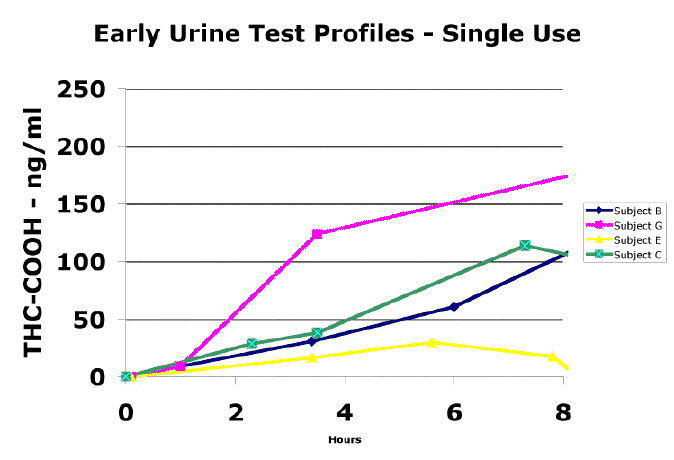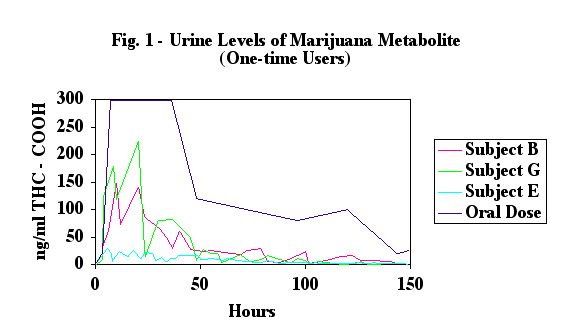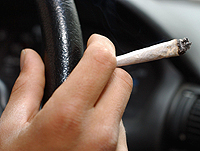
The first study to compare the ability of oral devices to detect occasional and frequent marijuana use by testing saliva has shed new light on which test is best.

Researchers at the National Institute on Drug Abuse (NIDA) compared the ability of these tests to accurately detect specific cannabinoids and found that fluid samples from the Oral-Eze collection device (Quest Diagnostics) had significantly higher cannabinol and 11-nor-9-carboxy-tetrahydrocannabinol (THCCOOH), but not delta-9-tetrahydrocannabinol (THC), concentrations than collections from the StatSure Saliva Sampler (StatSure Diagnostics Systems, Inc), leading to better detection rates.

“That these devices differ is known in the field, and that’s exactly why these types of studies need to be done,” coinvestigator David A. Gorelick, MD, who was at NIDA at the time of the study and is currently professor of psychiatry at the University of Maryland School of Medicine in Baltimore, toldMedscape Medical News.

In addition, the investigators found that the Dräger DrugTest 5000 (Drägerwerk AG and Co) on-site screening device had high diagnostic sensitivity and specificity for cannabinoid detection.

“A reliable, noninvasive test for marijuana use could be a valuable tool in the workplace or for drugged driving tests,” the researchers note in a release.
